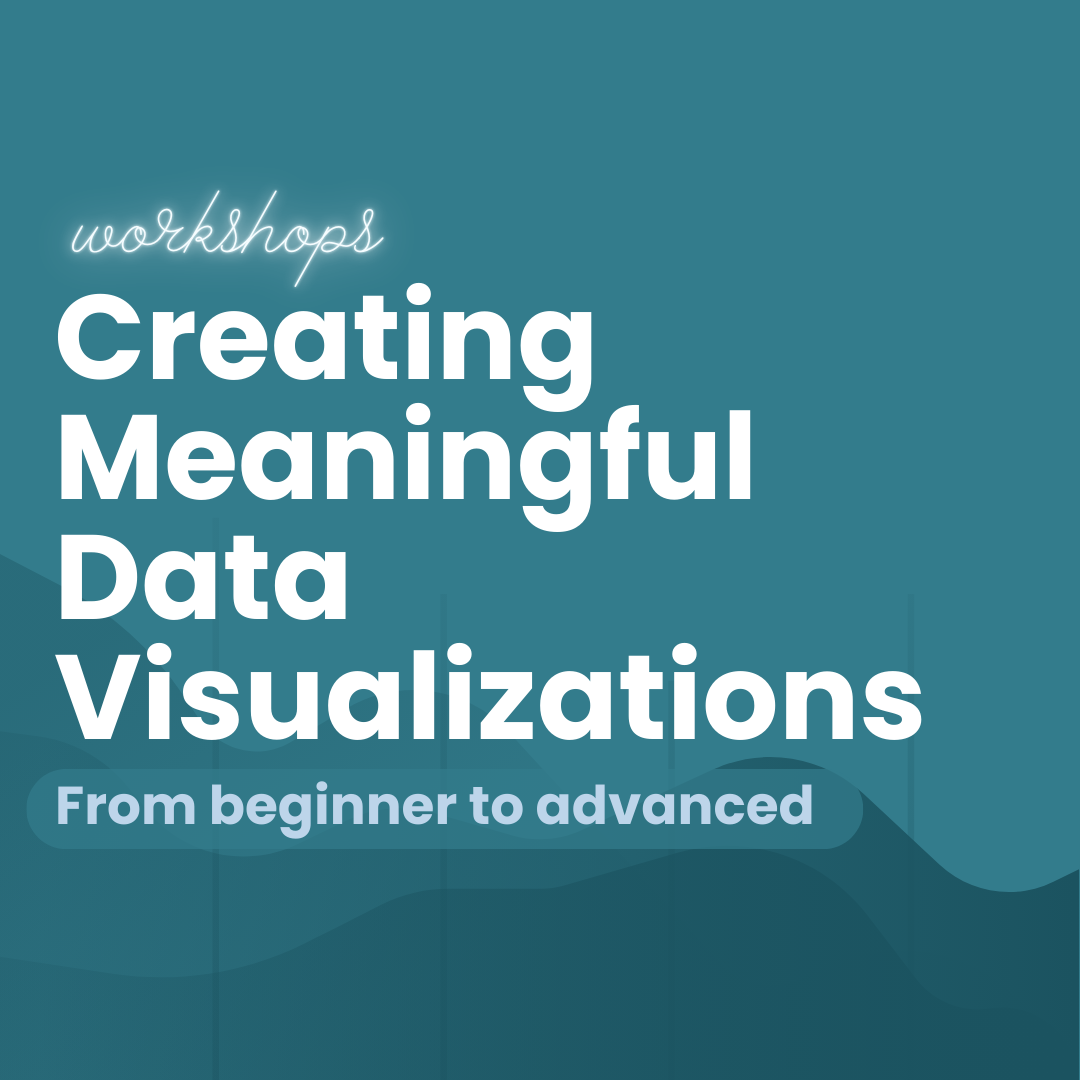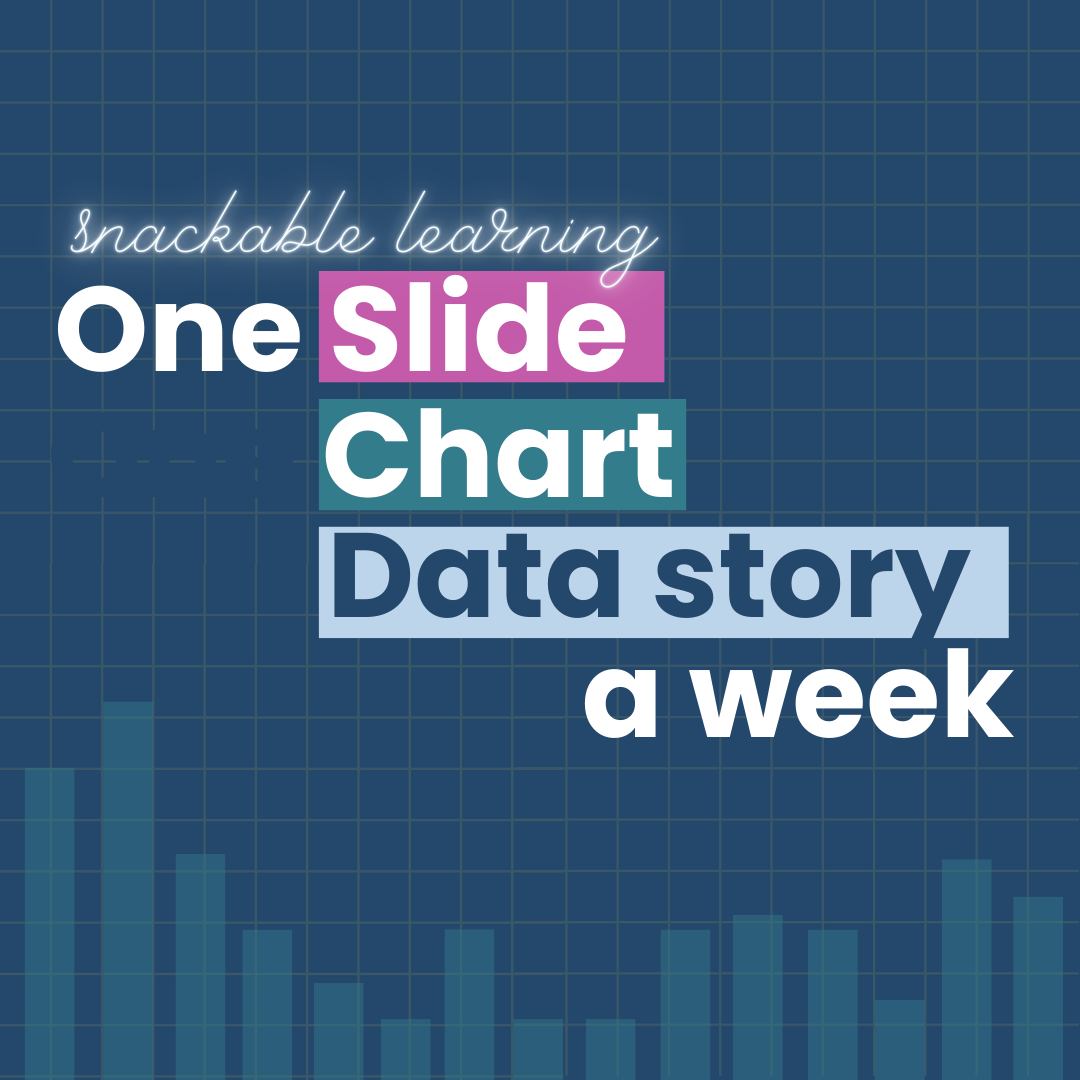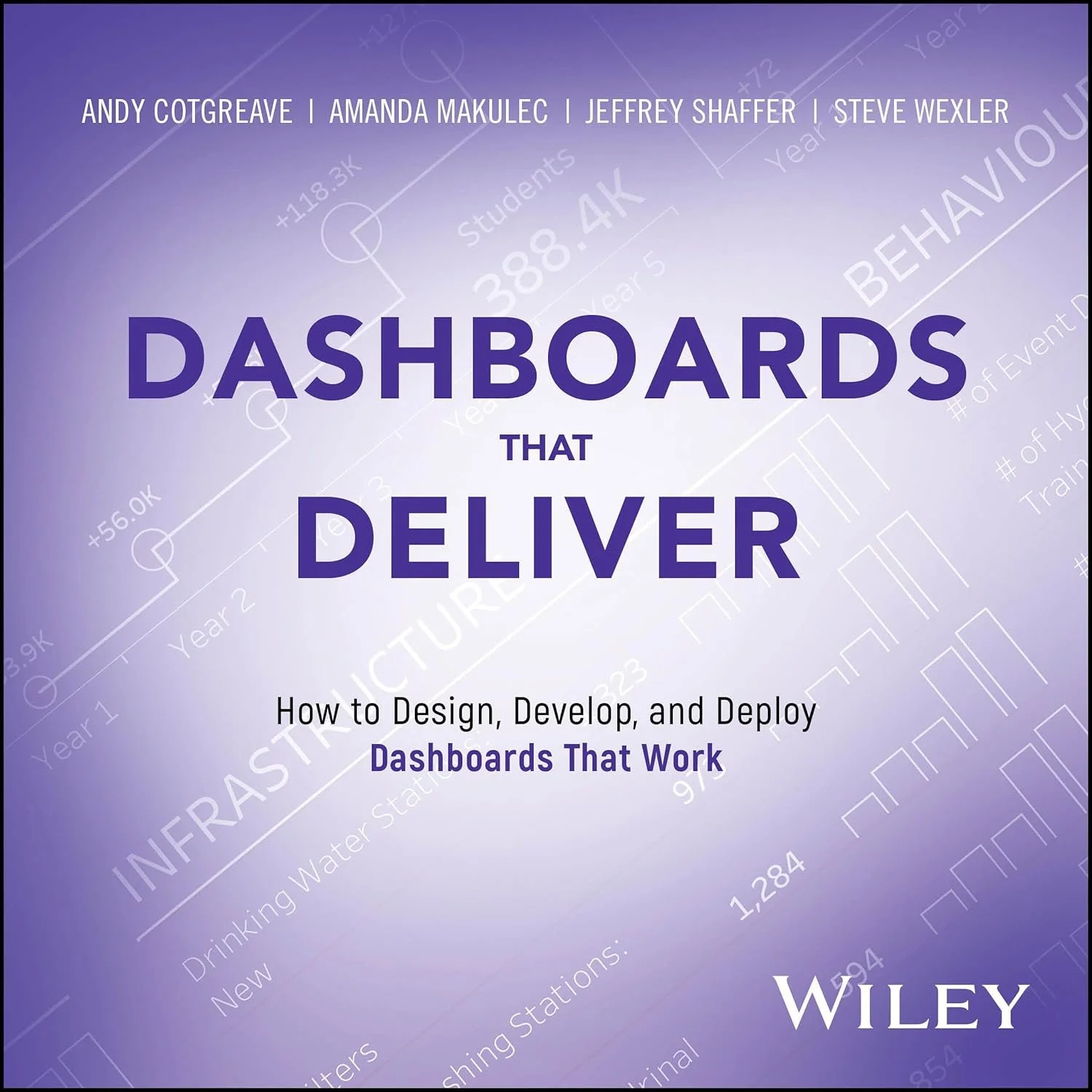Join me for an upcoming talk or workshop!
As part of the release of Dashboards That Deliver, I’m giving a series of talks about dashboard design, the journey from story-finding with dashboards to storytelling with data, and hands-on opportunities to learn our framework for user-centered dashboard design. I’d love to see you in-person in Columbus, OH, Washington, DC, or Milwaukee, WI, or at a virtual session!
Private Workshops
Learn the fundamentals of data visualization design with a focus on designing effective explanatory graphics using health data and unpacking some of the nuances and ethical challenges of working with health information.
Then, we’ll apply those principles in practice through rapid small group critiques and redesigns to put your new knowledge into practice.
Workshops can be customized for each client to consider your audiences, data, and unique data visualization challenges. Whether you have 2 hours or 2 days for your team to build their chart design skills, you’ll be creating more meaningful data visualizations.
Snackable Learning
Today we’re used to short format content, and how we learn new skills is no different.
Instead of asking team members to take a day or more away from their work for a heads down workshop, these ‘snackable learning’ series focus on learning one immediately applicable design skill each week on chart design, slide design, or data storytelling.
Short format, virtual sessions allow more team members to participate. Customizing sessions with your data makes the sessions relatable. And each session includes a big idea and a practical application, so you can use the information in your next presentation or report.
Dashboards that Deliver Workshop
While some campaigns tell us that dashboards are dead, the reality is that people need access to information more than ever before. Well designed dashboards enable people to explore data and find data stories worth telling.
Join Amanda for a refreshed workshop where you’ll learn how to create, maintain, and update dashboards that make an impact. The workshop is rooted in the design framework from Dashboards that Deliver, rooted in UX, Agile, and data viz design best practices and the authors’; experience working on thousands of dashboards in their careers.
For private workshops, reach out to Amanda directly.
Over the year I worked with her, I watched Amanda create meaningful change to our culture within our office, putting on various trainings to demystify how anyone could make and/or improve charts and presentations.
She spent copious time working with individuals in addition to broader trainings to make chart design and construction more accessible to the average staffer and help those steeped in chart building take their craft to the next level.
Aaron Chafetz, Senior Advisor | USAID Office of HIV/AIDS
From participants in snackable learning series:
“I always appreciated the abundant amount of resources provided on the specific topic of the week! It made it so that if I wanted to do a deep-dive I had the ability to do so afterwards.”
“Just so many great resources to reference and keep thinking about data viz topics after each session.”
“If I miss a session I take time on my weekend to catch up - the content is that valuable and immediately applicable in my leadership role.”
Our staff, and our work products, benefited immensely from Amanda's expertise in communicating effectively with data and from her knack for fostering comprehensive and dynamic teaching environments.
Amanda's contributions went above and beyond equipping us with the necessary tools to improve our work: she empowered us to mentor others on these concepts, which resulted in positive, far-reaching and lasting effects for our office.
Catherine Nichols, Acting Director Strategic Information USAID Office of HIV/AIDS

I believe anyone can learn to communicate data more effectively, with data visualization as one important skill in that toolbox.
My approach to teaching data visualization centers three core tenets:
You can go further when you learn to think like a designer. That means starting with fundamentals that apply no matter what tool you’re using and knowing the why behind different design choices.
Learning how to understand your audience is just as important as learning chart design if you want to be an effective data communicator. That includes exploring where and how they engage with information and your goals for the data visualization. Choosing the ‘best’ chart type is often an ‘it depends…on the audience’ situation.
We learn through practice (and should have fun in the process). Hands on practice can happen through sketching, prototyping, or working through a full design sprint, and can be built into trainings of just about any length.




